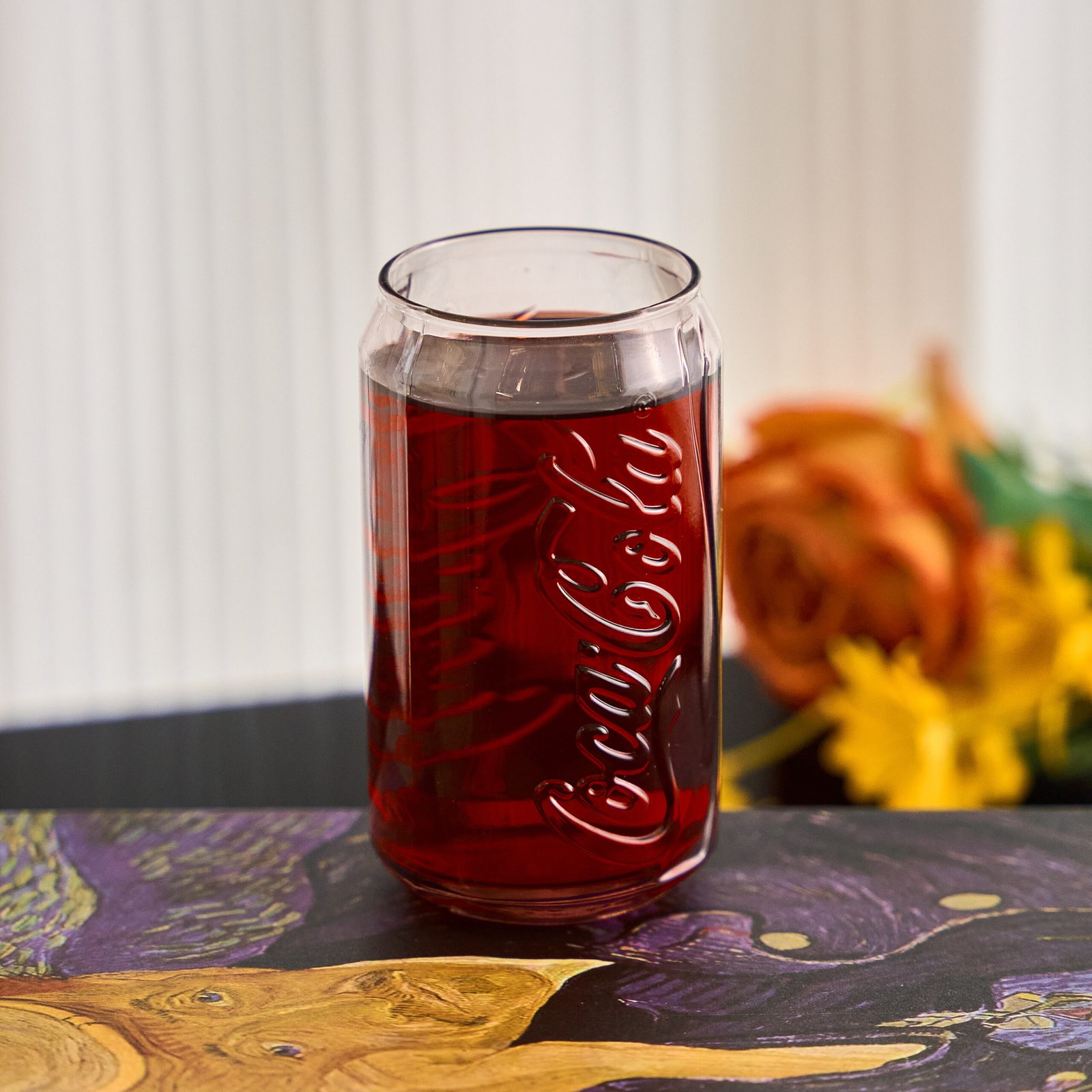Engraving A Logo: Embossed & Debossed

The method to achieve the visual effect that embossing and debossing can bring you is rather simple, compared to the previously mentioned printing techniques. It doesn’t require two traditional dies for embossing: one has the design logo raised on the top and another recessed into it for your garments that are commonly seen in t-shirts. For glassware products, the symmetrical design of the mold used for production has an inherent advantage. All you need to do is to either recess your logo into the wall of the mold or raise your logo on the top of it for embossing and debossing. It is reciprocal because raw glass is in a moldable and gooey state when it is poured into the mold. Thus it slides into those indentions, thanks to gravity. The logo on the finished product will look raising on the top, and vice versa for glass debossing. This is not a post-processing technique like the last two introduced since it is done the moment the moldable glass is sent into the mold when it is still, of course, hot. Surely it costs higher than a regular glass cup or bottle but the difference is manageable. It is often seen in glassware for the food & beverage industry for its inexpensiveness and vintage-ness.
It’s been a while since we talked about logo techniques for glasses. Engraving is also a commonly seen logo technique other than logo printing and decal logos, especially among the vintage glasses in your local bar. There are two variations in engraving logo techniques: embossing and debossing. Embossing raises your logo on the top of the glass surface while debossing is the other way round - recesses into the glass surface. Let’s how these two engraving techniques work in production process.
